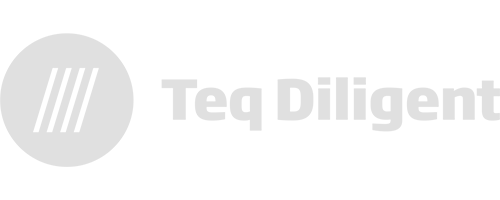Are product features, specifications and requirements same?
Product Innovations are now becoming part of routine for product companies whether it is a consumer product, industrial product, medical product or any other electronic or embedded product. First step towards making new product development is to do the market research and define product features. These features will be passed through various stages of design & development and finally reaches to engineering team for product development to begin.
During the product conceptualization process, many a time people use different terminologies – like product features product requirements and product specifications. At times people also use these terms interchangeably. But there is a difference between features, specifications and requirements. These words seem to be same but in many cases cannot be used interchangeably. Let’s take a closure look at these terms.
Machine Vision Camera Design
[Case Study]
This 5MP CMOS camera is developed to provide a CMOS sensor based platform which captures raw images and streams these images over Ethernet.
At times people also use these terms interchangeably. But there is a difference between features, specifications and requirements. These words seem to be same but in many cases cannot be used interchangeably.
Definition of Terms:
Product Features:
Product feature describes the product from product end user perspective. Generally, the outcome of marketing research is the list of product features. These features include USP (Unique Selling Points) / product differentiators / PODs (Points of differentiators) and POPs (Points of Parities). These features are derived based on competitor products or product innovation thought process. Features may not be technical, tangible, implementable or testable.
Example: Device has wider color display which provides good quality pictures.
Above statement does not specify any technical details for physical implementation of this statement. How wide the display? What do we mean by good quality picture? These are unanswered questions from above statement. Marketing collateral can use this statement to increase the perceived value of this product.
Product Specifications:
Product specification describes the product from available technology perspective. In other words, product specifications describe product features technically or technologically. Specifications are outcome of architecture phase of product design and development process. Marketing team with technologist or architects can convert product features into product specifications. It may not be feasible to convert every feature into specifications due to limitations of available technologies of that time. Specifications will be technical, may be tangible but may not be testable.
Example: Device provides color TFT LCD display.
Above statement specifies type of display to be used in product. But here also, what should be the size of LCD display? What should be the resolution of LCD display? These are unanswered questions.
Product Requirement:
Product Requirements describe the product from engineer’s or developer’s or implementer’s perspective. Engineering team along with technologist or architects can convert product specifications to product requirements. These requirements must be tangible and testable.
For example: Device shall have 7” color TFT LCD. LCD resolution shall be 640 x 480 pixels.
One feature can have one or more specifications. Similarly, one specification can lead to one or more requirements.
Below template can help you to define your product features, specifications and requirements for your industrial product design.






No Comments
Sorry, the comment form is closed at this time.